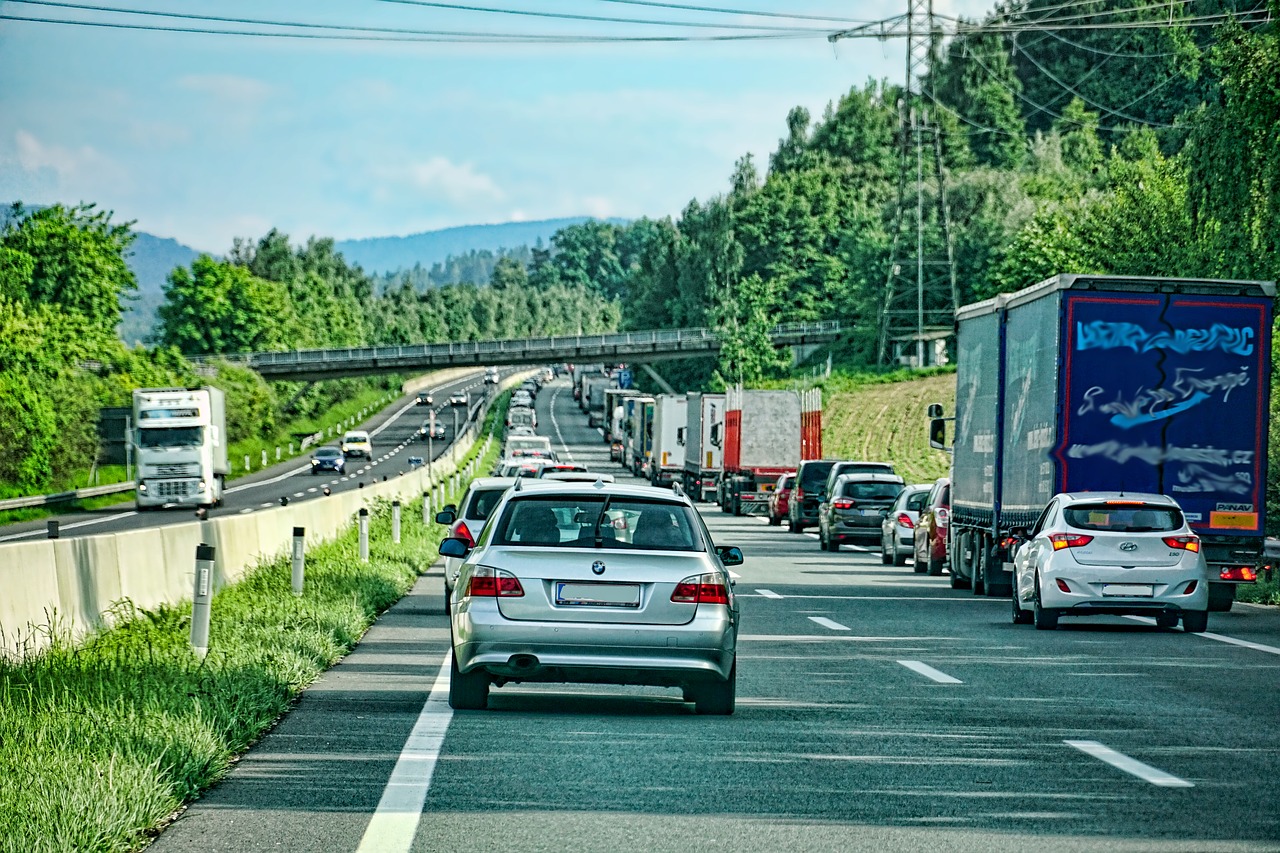A cross-country move can destroy a person’s savings and create debt. People who spend too much money often do so because they didn’t plan well enough from the start. Even if you don’t have a lot of preparation time, you can do everything you need to have a successful move without ruining your financial future. Keep this basic moving plan from movers in Chicago in mind when preparing for your next move:
1. Downsize as Much as Possible
The amount of money you spend transporting your stuff during a move directly relates to how much property you own. You lose money when you take time off from work to pack everything. When you have to move a lot of items, you also spend more money on fuel and other transportation costs, especially if you have to make several trips. Sell, donate or toss anything that you no longer use or can easily replace. To make some money while downsizing, sell the items offline in a yard or garage sale and via local classified ad websites like Craigslist and social media and yard sale groups like those found on Facebook.

2. Search for Free Packing Materials
People often give away old packing materials, such as bubble wrap, peanuts, and boxes, after they’ve finished moving into a new home or office. You can find listings for these free items through local classified ad websites, social media groups, and bartering sites. You can also find them through recycle and upcycle exchange sites like Freecycle. Additionally, post In Search Of or ISO ads on these sites to alert people in your neighborhood and surrounding areas that you’re looking for packing materials. Even if you can’t find any for free, you’re more likely to find articles that cost less than new products.
Don’t forget to also check grocery, big box, and dollar stores. These retailers usually give customers free boxes from their shipments upon request. Also, you don’t have to use professional packing materials. Newspapers, sheets and clothing work in a pinch to protect fragile items in boxes. Trash cans, bins, and baskets can reduce the number of boxes that you need.
3. Compare and Plan
Once you know exactly how much property you have to move after downsizing, compare the prices of various transportation services and create a more-detailed moving plan and budget. A move costs more during certain times of the day, month and year. Typically, you can expect to pay more for gasoline, tolls, mass transit, hotels, food and emergency services, such as tows, vehicle repairs and urgent care and ER visits, during holidays, rush hour and on weekends. Since a lot of businesses try to make as much money as possible at the end of a month or quarter, you can also expect to pay more during those times. If you’re driving across the country, you can save a lot of money by bringing food and beverages in coolers and totes and sleeping in your vehicle or a tent.
Movers can save you the most time and hassle during packing and unpacking. You can even pick a more convenient and faster travel option like a plane or train and then meet up with them. That said, their services usually cost more than hiring a company to provide you with a shipping container or pod that you fill, and the company then moves to the location. You can save the most money by renting a moving truck, van or trailer or using your vehicle with or without help from family and friends. Also, borrow, buy or rent a small, folding portable dolly. Many people injure themselves trying to lug bulky items during a move and then spend a fortune on medical bills.

Lastly, it’s critical that you stick to your budget and moving plan at all times. Deviations and overspending can cause a lot of unnecessary debt. The key to preventing extra costs is to add a minimum of $500 to your budget and carry a credit card with you as buffers to help you handle unexpected expenses that can pop up during a move from things you might not have considered and emergencies.

